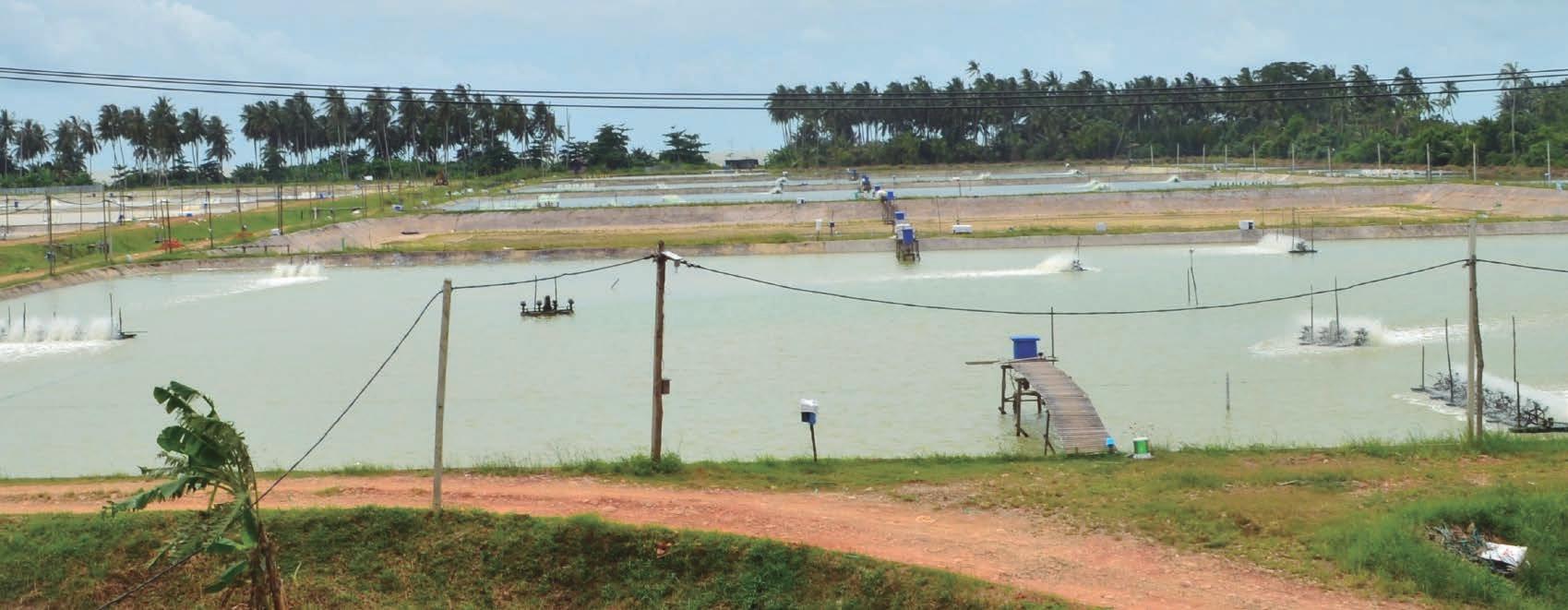THE SHELLFISH CORNER
Controlling Biofouling on Shellfish and Gear By Michael A. Rice*
Biofouling is a complex and costly problem in most shellfish aquaculture operations. Problem areas include fouling on gear such as cages, mesh bags, predator control netting that may impede proper water flow to the shellfish stock, resulting in reduced food supply, and ultimately, growth stunting of the shellfish stock. Estimates of the effect of not properly managing biofouling on shellfish aquaculture gear suggest that it can reduce growth rates in oysters in excess of 40%.
A
ny aquaculture gear or shellfish stock placed into marine environments rapidly becomes colonized by biofouling organisms. In very short order upon immersion, surfaces become primed for colonization by chemical adhesion or adsorption of proteins and other dissolved organic material (DOM) present in the water, and these chemically prepared surfaces allow for bacterial colonization within a few hours, followed by unicellular microalgae, protozoans, and fungi. These earliest colonizing organisms form a slimy surface referred to as a biofilm or microfouling. Finally macrofouling invertebrates such as barnacles, mussels, and ascidians begun to cover the surfaces along with macroalgae or seaweeds. Biofouling is a complex and costly problem in most shellfish aquaculture operations, often significantly cutting into profit margins.
72 Âť
The specific types and the intensity of biofouling in shellfish farms are very site-specific, depending on local environment, season and yearto year climate variables. Problem areas include fouling on gear such as cages, mesh bags, predator control netting that may impede proper water flow to the shellfish stock, resulting in reduced food supply, and ultimately, growth stunting of the shellfish stock. Estimates of the effect of not properly managing biofouling on shellfish aquaculture gear suggest that it can reduce growth rates in oysters in excess of 40 percent [See: Hidu et al. 1981. Aquaculture 22:189-192]. A survey of shellfish farmers across the United States showed that 14.7% of shellfish farm operating costs, amounting to over US$ 21 million annually [See: Adams et al. 2011. J. World Aquaculture Soc. 42:242-252]. Biofouling of floats and gear suspension lines can add considerable weight, caus-
ing gear to sink or make overall gear handling more difficult. Fouling of the shellfish stock itself can create additional problems. Biofouling can not only impede the growth of the shellfish, but also affect its marketability as well. For instance, oysters encrusted with barnacles may not be as aesthetically pleasing for sale in the half-shell trade, and other biofouling invertebrates such as boring sponges and mud blister worms (an annelid worm boring into shells) can weaken the shells, making shucking very difficult without breakage. The most common method to control biofouling around shellfish farms is by some form of mechanical cleaning, such as use of brushing, scraping, or use of powered water spraying [See: Hodson et al. 1997. Aquaculture 152:77-90]. However, a drawback to power washing of gear is in some coastal areas is that farm neighbors object to the noise generated by the machine. Often air/ sun drying of gear can aid in the cleaning by killing and drying out some of the biofouling organisms, making their mechanical removal easier. Cleaning of shellfish or gear can be combined with dips into fresh water, high salinity brine, acetic acid (vinegar) or chlorine bleach for varying lengths of time to aid in killing the biofouling organisms as well [see: Carver et al. 2003. J. Shellfish Res. 22:621-631]. The use of some biocidal chemical coatings such as copper oxide and tributyl tin on gear has been used as a means to avoid more labor-intensive approaches, but this approach has been banned in many jurisdictions based upon demonstrated negative consequences on local habitats and additional regulatory concern for human health [See: Guardiola et al. 2012. Int. J. Molecular Sci. 13:15411560 for an excellent review]. A number of alternative methods have been developed, such as the use of grazing fish or sea urAPRIL - MAY 2020







